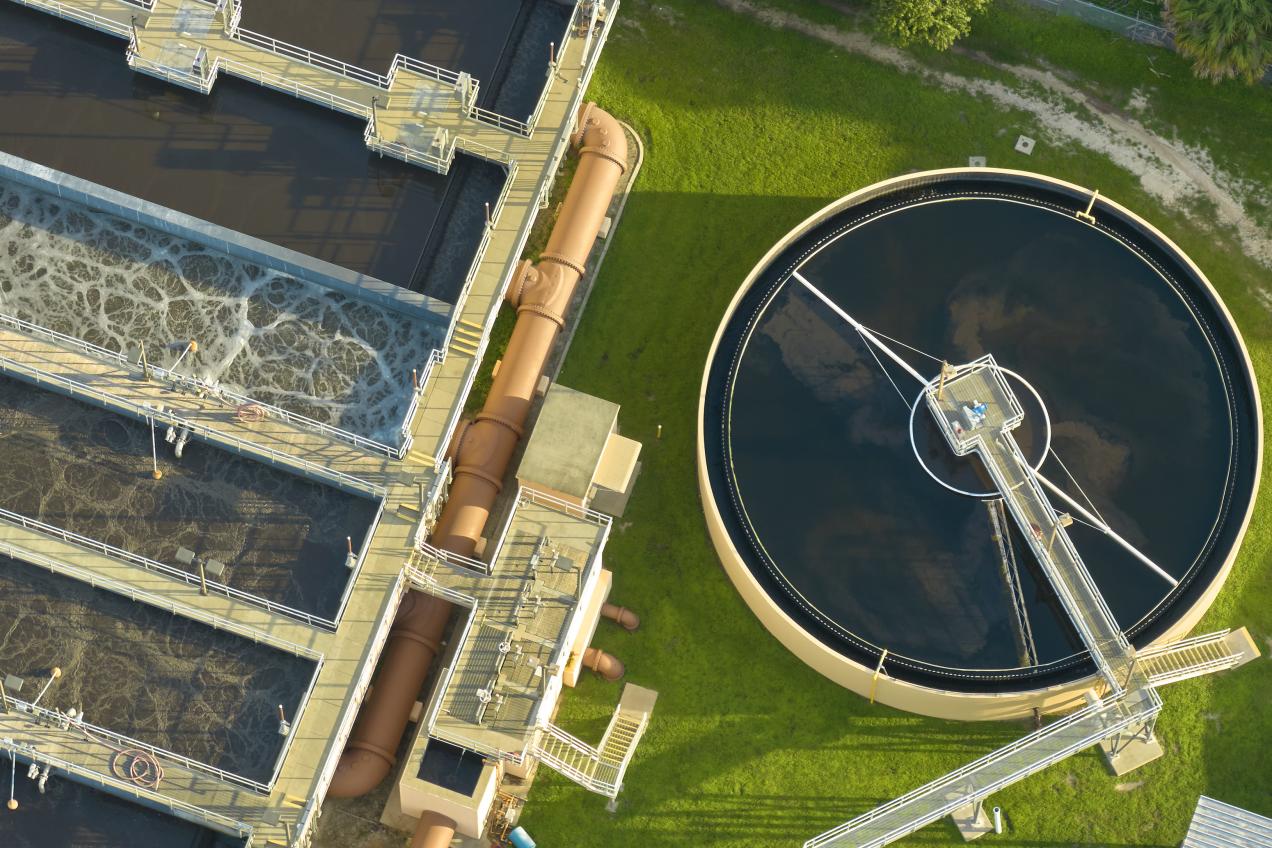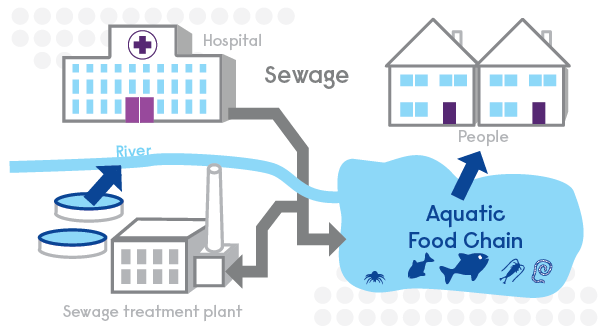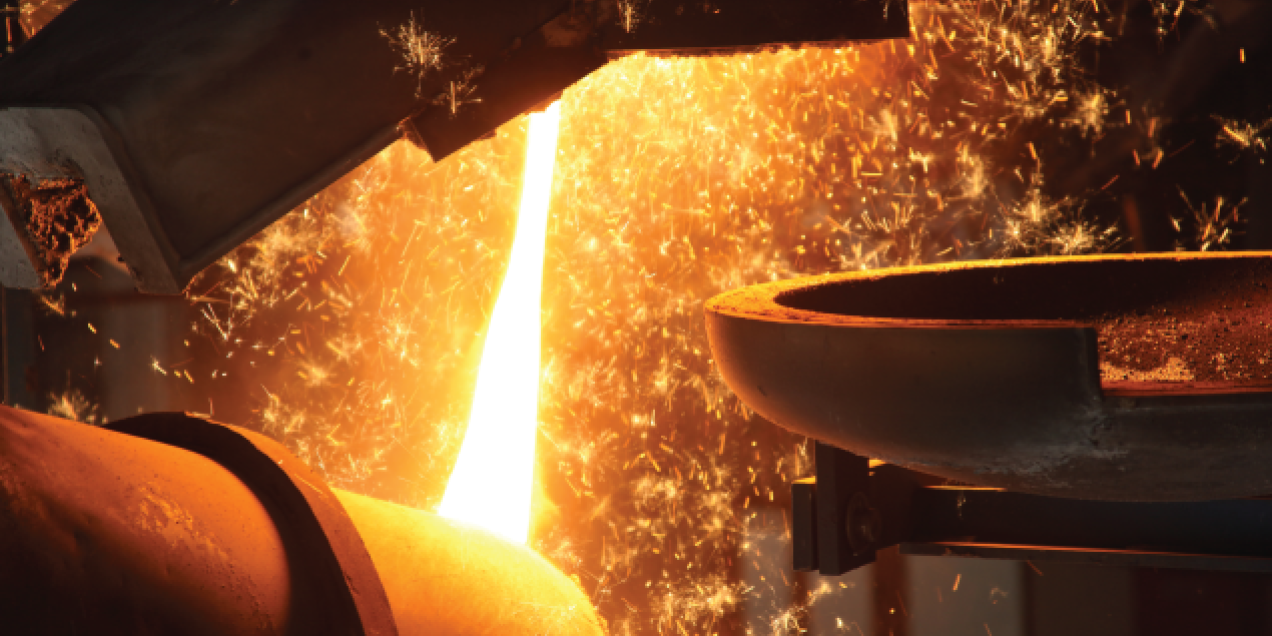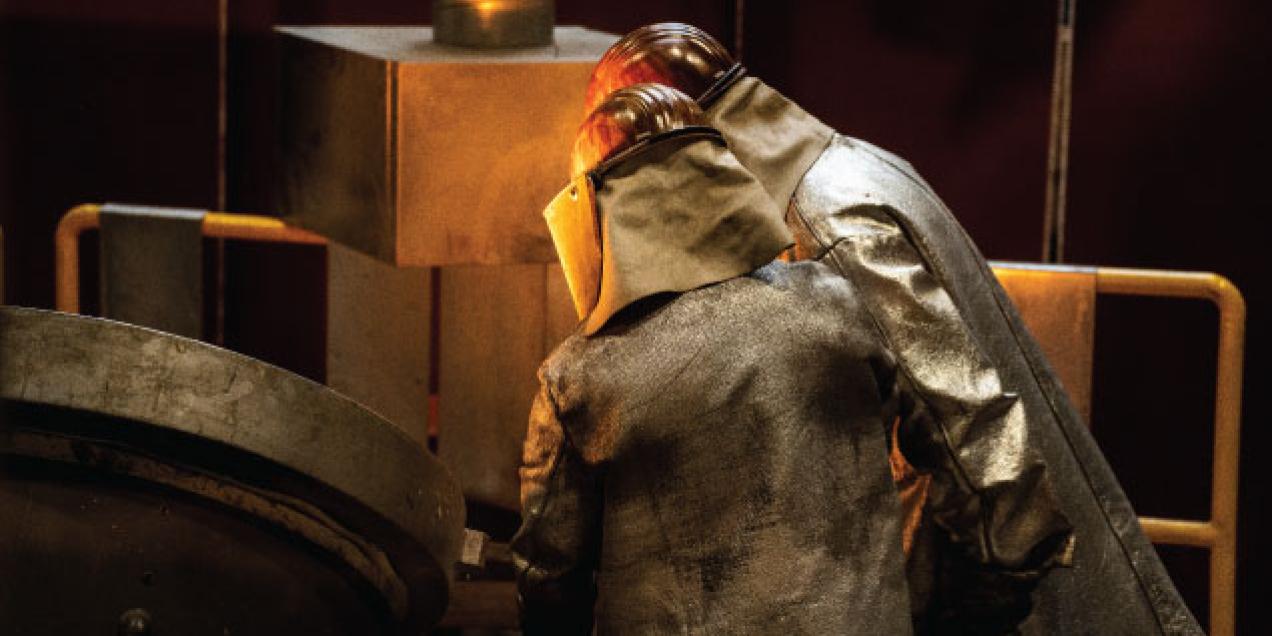SCK CEN sheds light on the long-term effects of radioisotopes in rivers and enhances protection for humans and nature
New method for assessing the impact of medical radiopharmaceuticals on the environment
When you receive a diagnosis or treatment involving medical radioisotopes in the hospital, a small amount of radioactivity ends up in the sewer after your restroom visit. But what if we use more of these medical substances in the future? Will the existing protective measures still be effective? Research conducted by SCK CEN, the Belgian Nuclear Research Center, provides a way to assess the safety of these discharges. As part of the European SINFONIA project, experts proactively investigated the potential long-term effects of hospital wastewater on the environment and human health. The result is a new methodology for more accurately assessing the possible impact on people, animals, and the environment. “This approach is particularly useful for predicting the impact of future new medications on the ecosystem and proactively adjusting regulations as needed,” emphasizes Jordi Vives i Batlle, an expert in impact studies at SCK CEN.

Nuclear medicine is on the rise. In addition to diagnosing illnesses, doctors are increasingly using medical radioisotopes to treat cancer and other diseases. The end of this growth is far from sight; in fact, we are on the cusp of scientific breakthroughs and new medications. But what impact does this have on hospital waste streams? Will the current disposal methods suffice for larger quantities and new radioisotopes in the future? Experts from the Biosphere Impact Studies unit at SCK CEN are already tackling these questions and addressing them through impact studies. In their most recent study, published in the Journal of Environmental Radioactivity, they focus on patients’ excreta and its flow through our waterways.
After a diagnosis or treatment involving radioisotopes, a small amount of radioactivity always remains in patients’ excreta. What happens to it?
Radioisotopes are administered to patients via injection and exit the body through urine and feces. Within the hospital, a separate disposal system retains these substances until their radioactivity has sufficiently decayed. Afterward, they enter sewage treatment plants through the sewer system. Following standard treatment, the water is discharged into rivers, ultimately coming into contact with aquatic life and the surrounding environment.

Fictional simulation predicts realistic future
The water that hospitals cleanse and release into rivers causes a very small dose of ionizing radiation to people and the wildlife. FANC, the Federal Agency for Nuclear Control, continuously monitors the level of that radioactivity and the results show that there is no cause for concern. So why conduct this research?
Jordi explains: “To be certain this remains true in the future, especially as more patients receive diagnoses or treatments involving medical radioisotopes and if several hospitals release to the same river system. With further research, we obtain data and tools to demonstrate that both humans and the environment remain adequately protected in the future.”
To predict future scenarios, the research team used a fictional simulation based on real-life data from released radioisotopes in a Flemish hospital and 2018 figures related to the flow and water quality of the Molse Nete river. In that year, the river in the Kempen region had very low water flow, meaning that radioisotopes are diluted in a smaller amount of water – a suitable “worst-case” scenario for this study.
This case study provided everything needed to build a model for calculating hypothetical dose rates, including the rate at which radioactive substances accumulate in the environment and in various organisms within this river system.
We developed a mathematical model that allows you to calculate how wild animals and humans absorb radioactive substances. What effect does water have on the metabolism of fish, for example? Does radiation from irrigation water spread through grass to the meadows where our cows graze? What if humans were to swim in the river? For such scenarios, we meticulously calculated the impact.”

No need for concern
The result shows that there is no need for concern. Both animals and plants receive doses well below the threshold of 10 microgray per hour, beyond which harmful effects might be expected. Additionally, the calculated radiation levels to which people would be exposed in this hypothetical scenario are very low, generally not exceeding 10 microsieverts per year. In Belgium, the official dose limit set by FANC is 1 millisievert per year. “The limits are far from being reached,” emphasizes Jordi.
What is the difference between microgray (μGy) and microsievert (μSv)?
A microgray (μGy) is a unit of measurement for the amount of ionizing radiation absorbed by an organism, such as animals, plants, and humans. A microsievert (μSv) is a unit used to indicate the total radiation dose a person receives over a specific period. It goes beyond microgray and reflects the potential biological impact of ionizing radiation on living tissue.
Guidance for authorities
Now the focus is on continuously monitoring this situation with real data. Operators and authorities are already doing this today, but the model resulting from this research can optimize existing monitoring programs. “Our model includes a more complete dataset for medical radioisotopes which is of use to regulators. It allows for a much more dynamic screening of the behaviour of the radioisotopes in the environment and the uptake into different organisms, even before the substances are actually used in hospitals. Especially useful to predict the impact of future, new drugs on the ecosystem and proactively adjust regulations where necessary," Jordi explains.
SCK CEN produces, searches and tests medical radioisotopes
The article touches on how medical radioisotopes enable diagnoses and can cure cancer. SCK CEN plays an important role in producing medical radioisotopes with its BR2 research reactor. Two radioisotopes take up most of the production: molybdenum-99, the source of the main diagnostic radioisotope technetium-99m, and lutetium-177, an actively used radioisotope in the fight against prostate cancer and neuroendocrine tumours. In addition, radioisotopes are a new, established value in the fight against cancer. SCK CEN has its own cancer research line focusing on innovative treatments for glioblastoma (brain cancer), colon cancer and ovarian cancer.
Want to know more? Read more here.
Related articles
 23 April '24
23 April '24 13 February '24
13 February '24 07 December '23
07 December '23